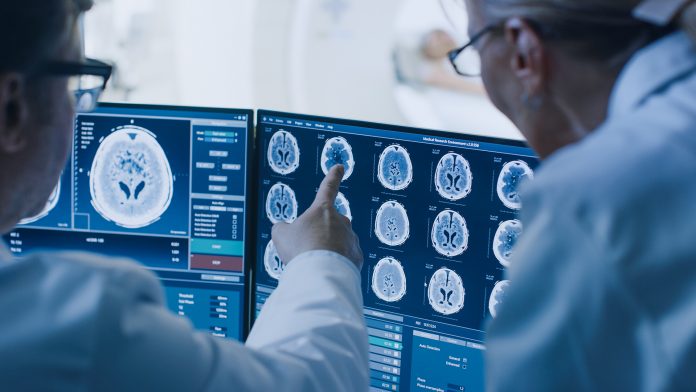
Researchers at Linköping University have used advanced MRI technology to examine the brains of 16 patients previously hospitalised for COVID-19 with persisting symptoms.
The new MRI technology found differences in brain tissue structure between patients with persisting symptoms after COVID-19 and healthy people.
Several previous studies of persisting problems after COVID have involved MRI brain scanning. Although researchers have found differences compared with healthy brains, these differences are not specific to COVID.
The new research is detailed in Brain Communications and brings insights into the underlying mechanisms of persisting neurological problems after COVID-19.
Diffusion MRI technology can help detect previously unseen changes
Ida Blystad, neuroradiologist in the Department of Radiology at Linköping University Hospital, stated: “It can be frustrating for me as a doctor when I understand that the patients have problems, but I can’t find an explanation because there’s nothing in the MRI scan to explain it.
“To me, this underlines the importance of trying other examination technologies to understand what’s happening in the brain in patients with persisting symptoms after COVID-19.”
Therefore, the researchers added a new type of MRI imaging called advanced diffusion MRI technology.
They were particularly interested in the brain’s white matter. This consists mainly of nerve axons and is very important for transporting signals between the different parts of the brain and the rest of the body.
“Diffusion MRI technology is a very sensitive technology that allows changes in how the nerve axons are organised to be detected,” explained Deneb Boito, doctoral student at the Department of Biomedical Engineering at Linköping University.
“This is one of the reasons why we wanted to use diffusion MRI to study the effects of COVID-19 on the brain that other imaging technologies might not pick up.”
What can the technology reveal about the brain’s white matter?
The researchers used advanced MRI technology to examine 16 men who had been hospitalised for severe COVID-19 and still had persisting symptoms after seven months.

This group was compared with a group of healthy individuals without post-COVID symptoms who had not been hospitalised for COVID. The participants’ brains were examined with both conventional MRI technology and diffusion MRI.
Blystad said: “The two groups differ regarding brain white matter structure. This can be one of the causes of the neurological problems experienced by the group that had suffered from severe COVID-19.
It’s a result that’s in line with other studies that have shown changes to the brain’s white matter. However, having examined only a small group of patients, we are cautious about drawing any major conclusions.”
She added: “These findings are a sign that we must investigate long-term effects of COVID-19 in the brain using more advanced MRI technology than conventional MRI.”
Investigating the issues further
There are several issues that the researchers want to study further. For instance, it appears that white matter in different parts of the brain is affected in different ways, although it is too early to draw any conclusions as to what these differences mean.
An upcoming study will investigate whether changes detected with diffusion MRI technology are in any way connected to brain activity and how different parts of the brain communicate with each other through the brain white matter in patients suffering from post-COVID fatigue.
Another question is what happens over time. The MRI scan provides an image of the brain at that particular moment.
As the participants were examined on one occasion only, it is not possible to know whether the differences between the two groups will disappear over time or whether they are permanent.







